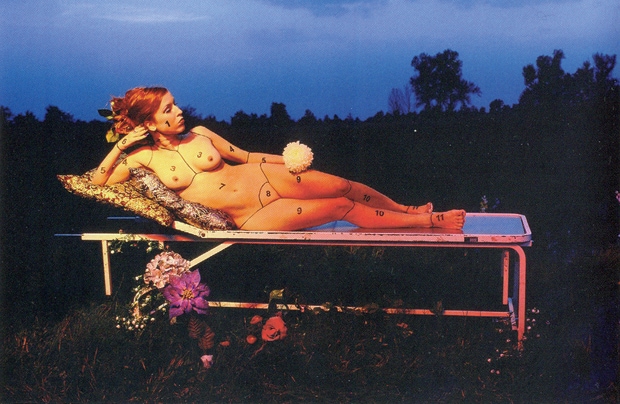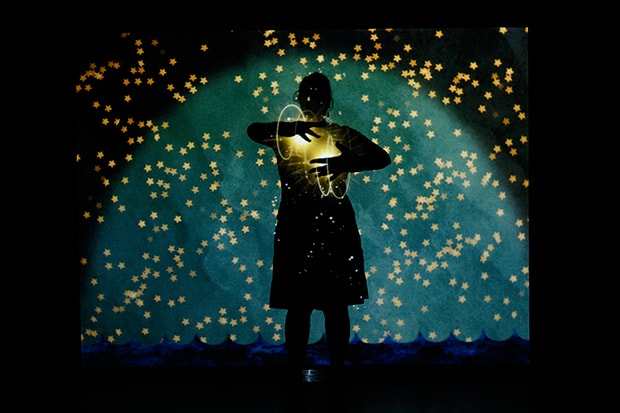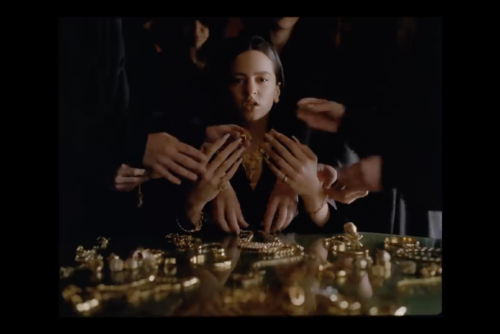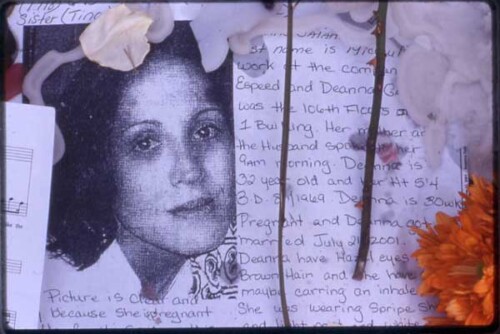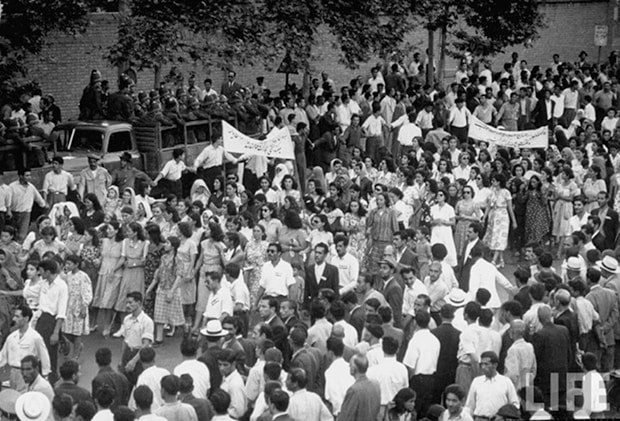
In the summer of 2009 Golbarg Bashi1 and I had an online conversation about a set of photographs that she had assembled of Iranian women in protest: 1953 in Tehran, on the heels of the nationalization of the Iranian oil industry by Prime Minister Mohammad Mossadegh, which resulted in the CIA-engineered coup that ousted him; during the massive street protests from 1977 to 1979, which resulted in a revolution that established the Islamic Republic of Iran in February 1979; and in the uprisings for civil liberties and human rights that occurred in the aftermath of the June 2009 fraudulent presidential election. We began discussing the photographs via email as violence was breaking out on city streets, after Neda Agha-Soltan’s brutal murder by state-sponsored security forces—videos of which were immediately circulated on Twitter, Facebook, and YouTube.2 The images that Golbarg Bashi had brought together for our discussion stood for three iconic periods in Iranian history in which women were at the forefront of movements for change. She asked me to discuss exactly what these images were telling us.3
Chronologically speaking, the photographs—some of which are reproduced here—point to the integral role of women in social movements in Iran over time. They do so indexically, in that something fundamental of the moment of the event touches the film itself, recording the light that is reflected on the women’s bodies as they raise their fists in protest. As such, we could say that the photographs, as fossilized light, establish a material and archeological fact, namely that the active presence of protesting women in the streets in the aftermath of the presidential election of 2009 was not something new.
The dialectical relationship between movements and the technologies that mediate them is both immediate and striking. From the photograph taken during the 1953 demonstrations (Figure 1) and the one representing the 1979 revolution (Figure 3), it is clear that the camera stands separate and distant from the crowd. One could say in this sense that the camera is familiar with the patterns of classical political organization and the “photo ops” that such demonstrations provide. The camera stands at a distance, flattening its separation from the crowd, and only brings the events closer by means of its choice of lens and angle. It then retreats to the safety of diplomatic immunity in order to communicate its messages to recipients elsewhere. In that sense the camera in 1953 captures a moment of confrontation with power and an instance of imperial resistance whose moment has long past. One could argue, in fact, that the camera of the 1953 photograph is associated with an understanding of ideological forms and functions that no longer hold in the 2009 photographs (Figures 4, 5, and 6). Journalistic objectivity and remove speak from within the framing and distance of the 1953 photograph as well. They speak of its clear understanding of a specific and material form of ideological protest as bodies move under banners in organized demonstrations. In contrast, the camera that captures the 2009 civil uprising—most likely digital and handheld—moves with the crowd. Thus it is implicated by the crowd, and represents in this way its closeness to the events it communicates. It speaks volumes of its instant and subjective collusion with the premises of the gestures it captures, and the immediacy of its response to these. As the Guardian’s Peter Beaumont underscores in writing of the 2011 uprisings in Libya, Tunisia, and Egypt, and the uses of digital devices and social media: “Precisely how we communicate in these moments of historic crisis and transformation is important. The medium that carries the message shapes and defines as well as the message itself.” Thus the defining images of the 2009 post-election uprisings in Iran, as well as the images representing the 2011 revolts in Libya, Tunisia, Egypt, and Syria, are memorable precisely because they show handheld phones and digital devices “held aloft,” documenting events from amid the crowd of protestors, as hierarchical structures unravel and deadlines liquidate into timelines for inevitable change.4
The fashions, too, speak volumes in these photographs. In the photograph we have from 1953 (Figure 1), women in full-length black chadors walk shoulder-to-shoulder with women wearing dresses that are influenced by the Western fashions of the time. Some men wear European hats. Women’s hair is Rita Hayworth-esque in style (Figure 2).
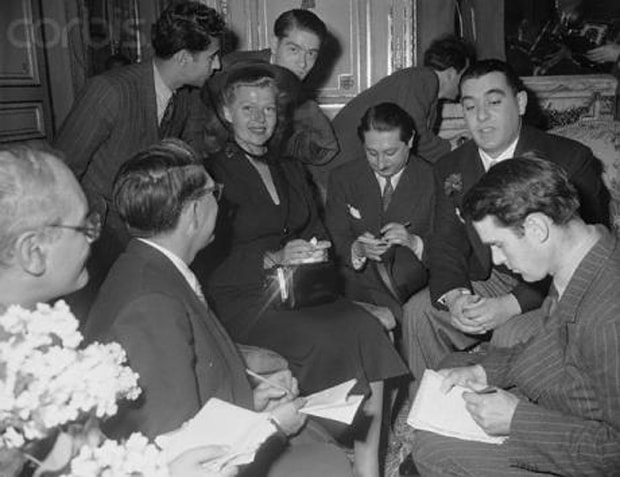
While men and women of different backgrounds and ideological persuasions participated in the 1979 revolution against Mohammad Reza Shah Pahlavi (r. 1941-1979) and also revolted against his forced Westernization of Iran, the fashion on the street is unironically reflexive of 1970s Western sartorial choices. This is especially evident in the photograph from the winter of 1978-1979 (Figure 3).
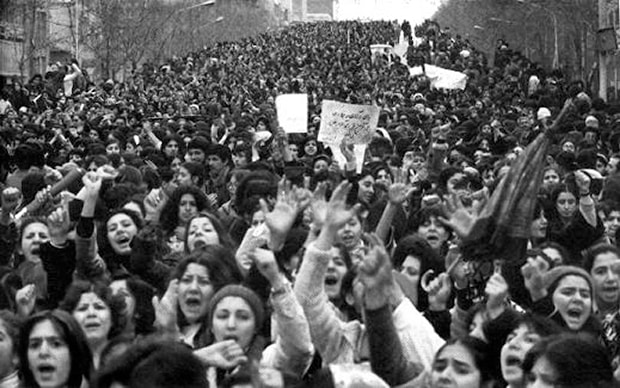
- Golbarg Bashi is a professor of Middle Eastern studies at Rutgers and is herself a talented photographer. [↩]
- International attention was drawn to Neda Agha Soltan, who was killed early in the 2009 Iranian post-election protest. Her death was captured on digital devices by bystanders and was broadcast on social media. It became an international rallying point for supporters of civil and human rights for Iran. [↩]
- The interview that was published based on these conversations appeared online on the “Tehran Bureau” site. It was subsequently translated and published in “Madreseye Feministi.” An earlier draft of this article was posted in Persian translation on the BBC Persian website on the occasion of International Women’s Day, 2011. [↩]
- Peter Beaumont, “The Truth about Twitter, Facebook and the Uprisings in the Arab World,” Guardian 25 Feb. 2011: G2. [↩]
